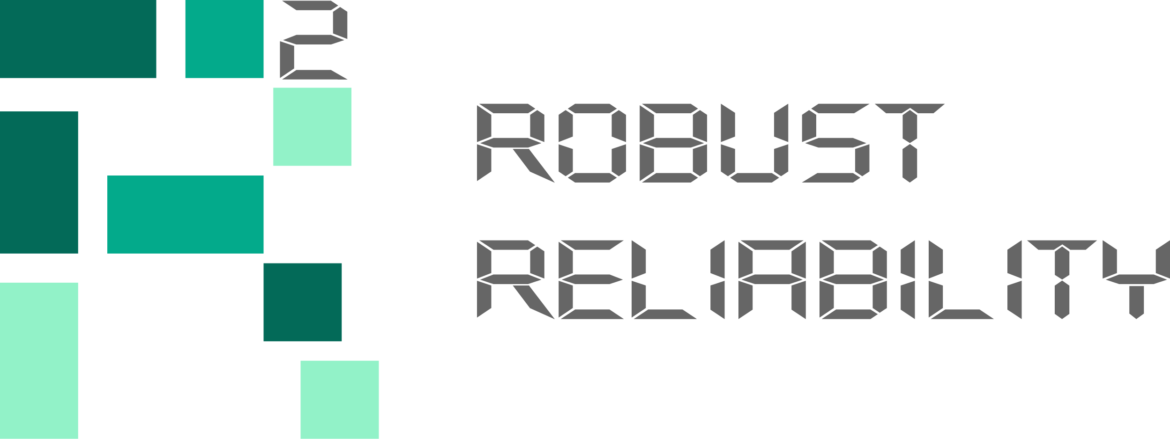With his method, Taguchi aims to minimize the scattering behavior of the parameters. In principle, it distinguishes between offline and online quality control in a robust design. The offline quality control consists of the three design phases System Design (SD), Parameter Design (PD) and Tolerance Design (TD), which are integrated into the product development process.
System Design
The system design, also called concept design, describes the preliminary work of the actual Taguchi method consisting of the PD and the TD. In this phase, new concepts and technologies are being considered and selected from already existing knowledge and experience, with which the robust design is to be implemented. This includes, among other things, the selection of the parts, materials, processes and, if necessary, the development of a prototype. The SD has a decisive influence on the success of the subsequent two phases.
Parameter Design
In this phase, the parameters for the previously selected concept are determined and improved. By means of various tests, an ideal value can be determined for each parameter, to which the curve should approximate. It is important to design the system as insensitive as possible to the disturbance variables. This means that the deflection of the curve should be reduced to a minimum and close to the ideal value. Kemmler [1] basically distinguishes between five different disturbing factors: external disturbances, impacting components, wear phenomena, customer use and interactions with corresponding systems.
Tolerance Design
In the last phase, the upper and lower tolerance limits of the already defined parameters are determined. The deviations from the ideal value are caused by the disturbing influences described above. Among other things, the limits ensure the minimization of the production costs. Online quality control is understood to mean all measures which are taken only during the production of the product. This means that on the basis of results from the production the systems are adapted in such a way that the parameters are as close as possible to the ideal value within the defined tolerance limits.
____________
[1] Kemmler, S.; Fuchs, A.; Leopold, T.; Bertsche, B.: Comparison of Taguchi Method and Robust Design Optimization (RDO). Weimar Optimization and Stochastic Days, 2015.


 Deutsch
Deutsch